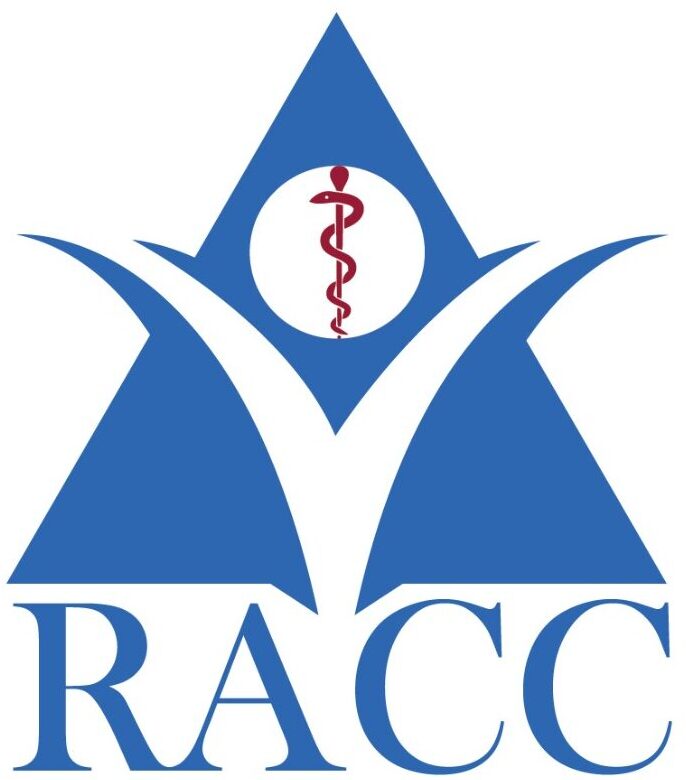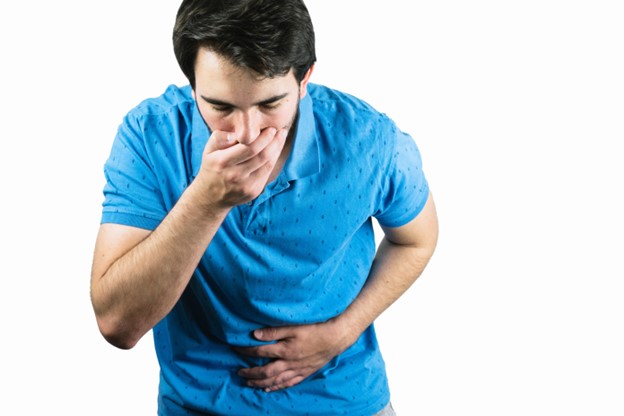Introduction to the Blog Topic and Definition of Food Poisoning
Food poisoning can happen when we eat something contaminated. It’s like a stomach bug but can be more serious. Knowing the symptoms early can help avoid getting really sick. Food poisoning symptoms might show up fast, so it’s important to pay attention.
Understanding What Causes Food Poisoning
Explore Various Origins of Food Poisoning
Food poisoning often comes from bacteria, viruses, or toxins in what we eat. Common culprits are Salmonella and E. coli bacteria, but viruses like Norovirus can cause it, too. Sometimes, even parasites make us sick. Understanding these causes can help you stay healthier by being more careful about what you eat.
Recognizing Symptoms: When Your Body Sends Alarm Signals
Identify General Symptoms
When your body says “something’s not right,” listen. Food poisoning symptoms can be nausea, diarrhea, or a sore stomach. Noticing these signs early means you can take action.
Nausea: Feeling like throwing up
Diarrhea: Frequent trips to the bathroom
Abdominal discomfort: Your tummy hurts a lot
Fever: Your body feels very hot
Importance of Immediate Symptom Recognition
Act fast if symptoms show up. Ignoring them can lead to more serious problems, like severe dehydration.
Symptoms Affect Everyone Differently
Remember, not everyone’s symptoms are the same. Some feel it worse than others. Young kids or older adults might suffer more too.
Symptom Onset: When Do Symptoms Appear?
Distinguish Between Rapid and Delayed Onset Symptoms
Sometimes, symptoms knock quickly, within hours. Other times, they take a day or two. It depends on what’s causing the food poisoning.
Factors Influencing When Symptoms Emerge
Different food poisoning causes can make symptoms show up sooner or later. Know this timing to gauge when you might have eaten something bad.
Pathogen-Specific Symptoms: Tailoring Awareness
Detail Symptoms Associated with Certain Pathogens
Certain germs cause different food poisoning symptoms. For instance, Salmonella and E. coli bring stomach cramps and diarrhea. Knowing which causes what can help you figure out what’s wrong.
Identifying Vulnerable Groups: Who’s at Risk?
List High-Risk Groups
Some people are at a higher risk:
Young children
Older adults
Pregnant women
Those with weak immune systems can get sicker faster from food poisoning.
Relationship Between Risk Factors and Symptom Severity
The more at-risk you are, the worse the symptoms can be. It’s crucial to be more cautious about what you or they eat.
Medical Intervention: Knowing When to Seek Help
Guide on Recognizing When Symptoms Warrant Medical Attention
Not all food poisoning symptoms need a doctor, but some do. Go to the doctor if you’re very dehydrated, have a high fever, or if symptoms don’t go away.
Focus on Symptoms Requiring Urgent Care
You should seek help when you’re dizzy from dehydration or fever doesn’t break after a couple of days.
Managing Food Poisoning at Home
Discuss Hydration Strategies and Beneficial Dietary Approaches
Drink lots of water to stay hydrated. Eating bland foods like toast or rice can help calm your stomach.
Emphasize the Body’s Need for Rest Amidst Recovery
Let your body rest. Avoid strenuous activities and give it time to heal.
Advice for Symptom Relief
Use over-the-counter meds for symptom relief, but be careful and follow rules. Watching your recovery helps you know how you’re doing.
Preventing Food Poisoning: Reducing Risks
Stress the Significance of Hygiene Practices
Wash your hands before eating or preparing food. This keeps bacteria away.
Tips on Proper Food Handling and Cooking Techniques
Cook meat fully to kill bacteria.
Keep raw food separate from cooked food to avoid contamination.
Store leftovers properly to stop them from spoiling.
Remain Vigilant Regarding Food Recalls and Contamination Alerts
Keep an eye out for any news on food recalls or alerts about contaminated foods. Being aware keeps you safer from food poisoning.
Conclusion: Summarizing Key Points and Actions to Take
Recognizing food poisoning symptoms quickly is essential. They include nausea and diarrhea. Knowing who’s at risk and when to see a doctor is important too. Take action right away if food poisoning treatment is needed. Prevent it by following hygiene tips and food safety practices. Stay informed to keep your family and yourself safe from potential dangers lurking in some foods.
Act Fast on Food Poisoning Symptoms with RACC ICU
Recognize the signs of food poisoning—nausea, diarrhea, and more—and know when to seek medical attention. Early intervention is crucial. Visit RACC ICU immediately if you suspect food poisoning. Our experts are ready to provide the care you need. Stay safe and informed with our dedicated team.



